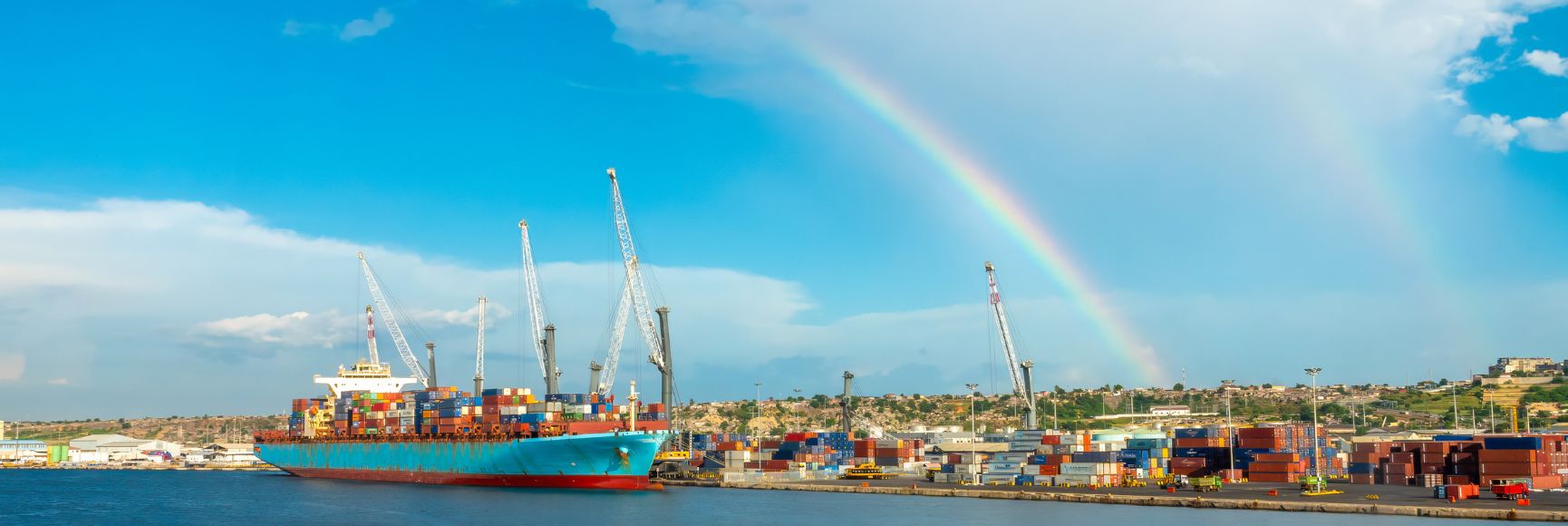Posted by Kris Kauffmann
A major challenge in implementing an integrated FMIS in developing or post-conflict countries is in achieving connectivity and eliminating cash handling. However, the almost global coverage of mobile phone networks, and associated payments system now being implemented in some African countries, offers a potential solution to improving government treasury operations in many developing nations.
In places where there is widespread internet coverage and broad geographic coverage of the bank branch network, payments from a treasury can be simply channeled through the banking system. Compared to physical distribution of cash, this has significant benefits in terms of using available cash more efficiently, avoiding corruption, supporting electronic reconciliations, and improving the timeliness of payments. An integrated IFMIS and a Treasury Single Account at the central bank are integral parts of such a payment system.
By contrast, the absence of a broad banking network and poor internet coverage poses a major challenge for government payment processing and accounting in some developing countries. In these places large portions of the population cannot access banks due to the large distances from commercial centers, poor road and telecommunication infrastructure (often associated with conflict), and perhaps seasonal flooding, or oceans for those in island nations. In these circumstances, governments often turn to traditional methods of shipping bulk cash to regional treasury offices for disbursal and then rely on subsequent manual accounting and reporting.
If these traditional approaches to cash handling involve an IFMIS it rarely involves connectivity to a single database and recording of transactions is done ex-post. In these situations major reconciliation challenges arise, secondary supporting accounting systems are often developed outside of the IFMIS, reporting cannot be done on a real-time basis and with cash handling comes increased prospect of corruption.
Meanwhile, the take-up globally of mobile phone technology has been phenomenal. As of June 2010 there were over 5 billion mobile phone users world-wide, 1 billion more than the previous year. Many of the countries who have the limited banking access issues outlined about now enjoy widespread use of mobile phones, including most of Africa.
There is a group of countries, including Kenya, Tanzania, Rwanda and South Africa, where mobile phone companies are now successfully offering money transfer services to people who cannot access the banking system. In some countries, the development community has played a part in supporting the technology – initially to support micro-credit. The way it works is that phone users can buy credit and transfer it to another mobile phone using the data transfer functionality of the phone (similar to the SMS function) and associated protection features on the SIM card. In Kenya, for example, there are 12 million users of the new payments system and person-to-person transfers by phone total an average of $415 million USD per month. The system is popular with workers in cities remitting funds back to their family in a rural area where there are no banks or money transfer outlets. The mobile phone companies partner with shops or other cash handling outlets who receive a small payment for distributing or receiving the cash of the mobile phone user.
A central government treasury can, with a mobile phone and banking partner, use this same technology to distribute payments to vendors, including pensioners and workers, from a centralized Treasury Single Account initiated and recorded through a centralized IFMIS. By doing so, they would make payments more timely, support automatic reconciliation tools, have real time data in the IFMIS, eliminate the need for cash handling by the public sector, and avoid the need for duplicative accounting systems in regional offices.
This technology is already in use for distributing government payments in several countries, including in Afghanistan where it is understood to be used for payments of police salaries and is reported to have been successful in reducing corruption.
The systems can also be used for revenue collections. In Tanzania, voluntary pension contributions can now be made to the Government Employee Pension Fund using this technology.
Of course, there are risks and challenges associated with security and the volume of cash required to be physically moved. However, the private sector, here and there with strategic assistance from donors, has largely resolved these issues. The risks, and mitigation measures, can be outsourced to experienced private providers and central banks are now starting to regulate this new aspect of the payment system (such as recently announced in Rwanda). The challenge for the Treasury would be to oversee and enforce the contract with the private provider to ensure the benefits are attained.
A factor for success appears to be early and positive engagement of the central bank, who is often the regulator of the payments system and in many places is also the banking service provider of the Treasury.
The challenge PFM experts face is to make this technology known to a broader range of countries facing similar payments system challenges, to support designing appropriate approaches to engaging private providers, to assist in addressing technical challenges in interfacing payment systems and the IMFIS, and help sequencing this innovation with other reforms.
Interesting Links:
M-Paisa: Ending Afghan Corruption, One Text at a Time
International Social Security Association (ISSA)
Mobile Payments go Viral: M-Pesa in Kenya
Note: The posts on the IMF PFM Blog should not be reported as representing the views of the IMF. The views expressed are those of the authors and do not necessarily represent those of the IMF or IMF policy.





